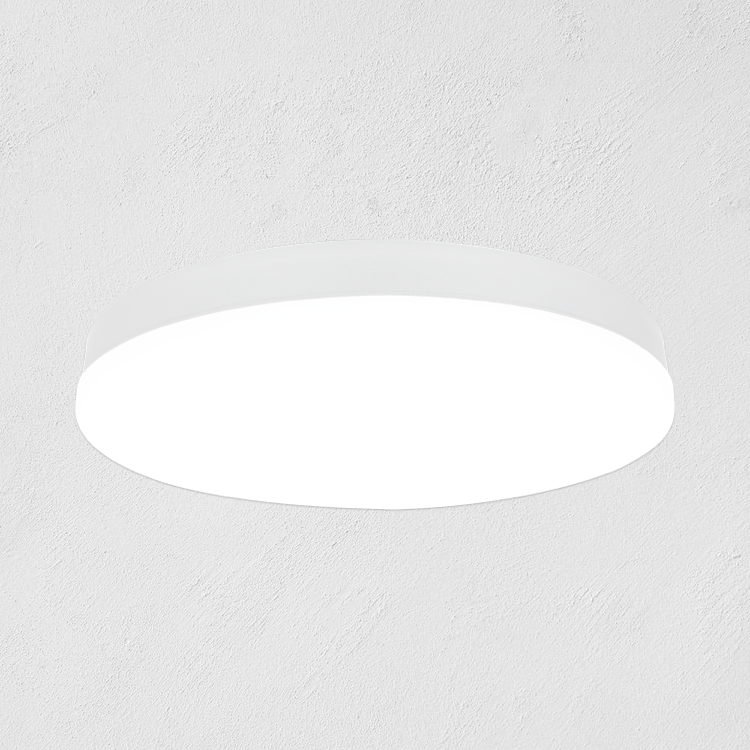Ceiling spotlights are a versatile and stylish lighting option that can enhance the ambiance and functionality of the room. Whether you're looking to create a cozy atmosphere, highlight artwork, or provide focused task lighting, a spot light for ceiling can be the perfect solution. This guide will explore the various aspects of ceiling spotlights, including their types, benefits, installation tips, and how to choose the right wattage.

Why Choose LED Spotlights?
Switching to LED ceiling spotlights is a smart choice for anyone looking to improve energy efficiency, reduce costs, and enhance the lighting quality in their home or office.
Cost Savings: Although the initial cost of LED spotlights may be higher than traditional bulbs, the long-term savings on energy bills and reduced replacement costs make them a cost-effective choice.
Environmental Impact: LEDs are more environmentally friendly as they reduce energy consumption and carbon footprint. Additionally, they do not contain hazardous materials like mercury, which is found in CFLs (Compact Fluorescent Lamps).
Versatility: LED spotlights are available in various designs and configurations, making them suitable for different applications, including kitchens, living rooms, bathrooms, and even outdoor areas.
Types of Ceiling Spotlights
Ceiling spotlights come in various designs and functionalities to suit different needs and preferences. Here are some common types:
Fixed Spotlights: These are non-adjustable and provide a steady beam of light in a fixed direction.
Adjustable Spotlights: These can be tilted and rotated to direct light where it's needed most, making them ideal for accent lighting.
Recessed Downlights: Installed flush with the ceiling, these lights offer a sleek and modern look.
Surface-Mounted Spotlights: These fixtures are mounted on the surface of the ceiling and can add a decorative element to the room.
Benefits of Using Ceiling Spotlights
Ceiling spotlights offer several advantages that make them a popular choice for modern interiors.
Versatility: They can be used for ambient, accent, or task lighting, making them suitable for various applications.
Energy Efficiency: LED spotlights are highly energy-efficient, consuming less power and lasting longer than traditional incandescent bulbs.
Aesthetic Appeal: Spotlights can enhance the architectural features of a room and create a clean, minimalist look.
Customizable Lighting: Adjustable spotlights allow you to direct light precisely where it's needed, providing flexibility in lighting design.
How to Choose the Right Wattage?
Selecting the appropriate wattage for your spot light for ceiling is crucial to achieving the desired lighting effect. You need to consider some of the following guidelines:
Ambient Lighting: For general illumination, opt for lower-wattage bulbs (e.g., 5-15 watts for LED spotlights) to create a cozy atmosphere.
Accent Lighting: To highlight artwork or architectural features, choose medium to high-wattage bulbs (e.g., 20-50 watts for LED spotlights).
Task Lighting: For areas requiring focused illumination, such as kitchens or home offices, select higher-wattage bulbs (e.g., 50-100 watts for LED spotlights).
Installation Tips
Proper installation is key to maximizing the effectiveness and safety of your ceiling spotlights. Here are some tips:
Spacing: Ensure spotlights are spaced evenly to avoid dark spots and provide uniform illumination.
Safety: Avoid overloading electrical circuits and ensure the wattage does not exceed the fixture's recommended maximum. Consult an electrician if unsure.
Positioning: Start by placing lights 1 meter from the edge of the ceiling and plan subsequent lights in a grid pattern for an even spread of light.
Whether you're aiming for ambient, accent, or task lighting, ceiling spotlights offer a customizable and energy-efficient solution that enhances both the functionality and aesthetic appeal of your space. By understanding the different types, benefits, and installa








